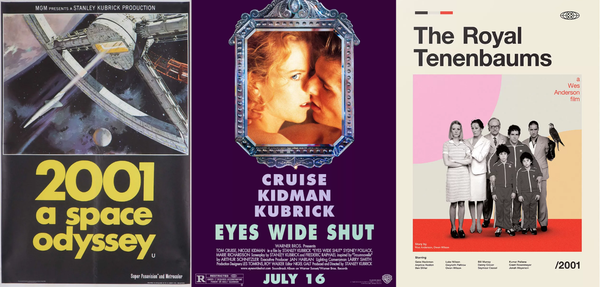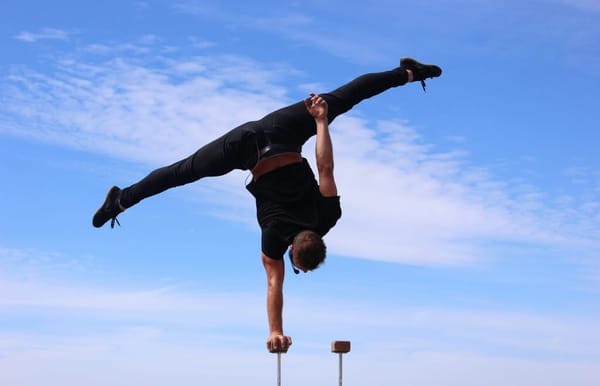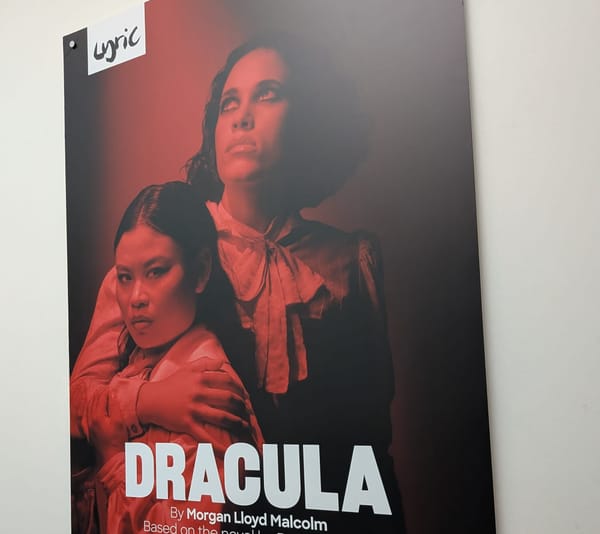Sophie Toscan du Plantier: Dodgy Eye Witnesses
Last summer, I decided to test my own accuracy as an eye witness. I was shocked at how bad I was and how little I could recall.
Just to be clear, it’s the human eyes that are dodgy, not the witnesses themselves. On Sunday morning, 48 hours ago, I was driving to the gym. I had a session booked for 9 am. I drove there and it was full daylight, a dry day. My drive takes me along a leafy lane without street lights. There is a 50 mph speed limit. Towards the end of this lane I saw a man standing by a car that I presumed to be his. I decided to take my opportunity. I would stare at the man for the purposes of describing him, and his car, to you.
By the way, I have no idea what time I saw the man because I forgot to check the clock in the car, which anyway is always a couple of minutes wrong. I do remember I left the house at 8:35 because I very specifically set out five minutes early to put petrol in the car, which takes about 5 minutes and the garage is on the route I take. The drive to the gym on a quiet Sunday morning takes around twenty minutes. So I probably left the garage around 8:40 and the man was seen around 5 minutes away from the gym. Note that I can only tell you I saw him at around 8:55 because I worked backwards, from the knowledge that I left home at around 8:35. Time is the hardest thing to pin down in eye witness accounts. Without that specific memory of 8:35 I would have no idea what time it was, only that it was early morning and everyone else in my house was in bed when I left.
On the lane, there was a white van travelling close behind me so I was going along at the full speed limit so that he didn’t get angry. But I slowed slightly to observe the man. Perhaps I was doing 45 mph. Remember, I specifically decided that I wanted to describe him to you but I did not make notes at the time.
The man had pale blue jeans on. I am 100% certain of this. He was wearing a jacket, perhaps cotton, but I find now that I cannot recall the colour. I think it was blue, and darker than the jeans. I am 50% certain of this. In such descriptions, the police always seem to focus on the hair because for most people, especially men, this does not change often. I think the man’s hair was down to his collar, so not long and not short. I cannot remember the colour but I believe it was either grey or going grey from a light shade. I put my certainty around his hair at around 50%. I did not see his shoes. He caught my attention because he had his back to the road and his car, facing towards either a high fence or high hedge, and my gut instinct suggested he was urinating.
I noticed the car was a BMW Mini, what I often call the “new shape” although that style came out in 2001. I am 100% certain of this and the car was facing me, so it was facing against the flow of traffic on the verge. The thing is, I was concentrating so hard on describing the man that I have no idea what colour the car was. If I was in an interview room with two anxious police officers, pressing me for a description, I would say that it was most likely metallic. But am I saying that because most cars are metallic these days? And I think it was a darker colour, perhaps a dark shade of grey. These are guesses, I think. My certainty has dropped to perhaps 10%. And now, I’m not sure what I remember and what I am guessing at.
The key thing to remember is that I specifically set out to recall as much about this little scene as possible, it was full daylight on a summer morning, and it was only 48 hours ago.
What this experiment as helped me with is this: the man I saw was not known to me, he had his back to me, and I could not pick him out of a line up if I had to. And this helps me to understand the comments made by witness “Fiona”, later to emerge as Marie Farrell. She was travelling in full darkness in the middle of winter, in the middle of the night, 3 am, and she was tired. At the time she saw the man on Kealfadda Bridge, she did not know who Ian Bailey was. That information came later when the police pointed him out to her.
I am 100% certain that Marie Farrell saw a man one night before Christmas 1996, because it was she who made the first move to call the police and withhold her identity. That part I believe. Although the police might not be sure which night it was. Equally, I feel I am now 100% certain that she cannot, could not and will never know who that man was. I contend that the only way she could possibly identify the man is if she knew him personally. Otherwise it is just a jumble of information about a long coat, a height that changed a few times, and not much else. The man was walking so there was no vehicle to describe, but the man was only seen in the flash of the headlights, so any information about colour is to be disregarded except for words such as “light” and “dark”.
This element of the case is of vital importance. Because it is the only information that puts Ian Bailey out of doors, in the neighbourhood of Sophie’s house, on the night of 22nd December 1996. Even if it was the 22nd when Marie made that drive. Without this piece of information, it is likely Ian Bailey would never have been arrested at all.
One last point: even with this information, and before Marie Farrell’s odd and shocking retraction of all of her statements in 2005, the Irish DPP decided the sighting would be utterly undermined under cross examination in a courtroom. They decided essentially to completely ignore this statement. If Marie Farrell cannot be 200% certain it was Ian Bailey on that bridge, and that the night was 22nd December 1996, then there is no case against him. That is why this information is so crucial and unfortunately, for those of us obsessed by this case, the entire sighting and the circumstances around the various police statements cannot be believed.
We all continue to search.






